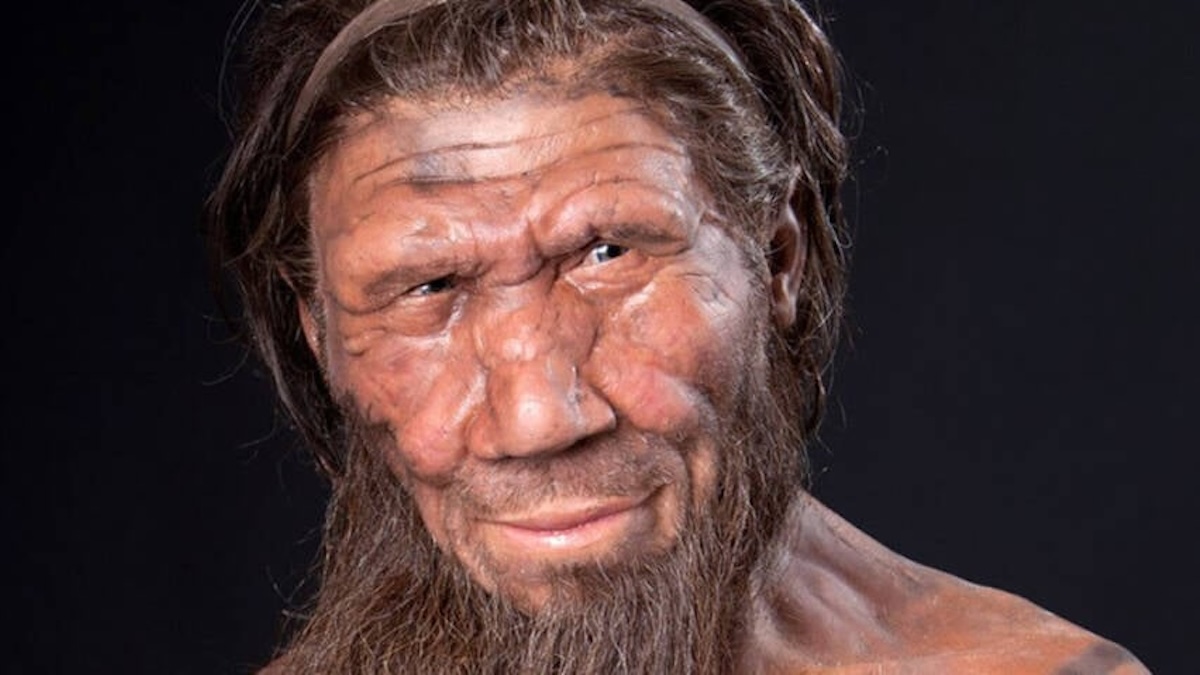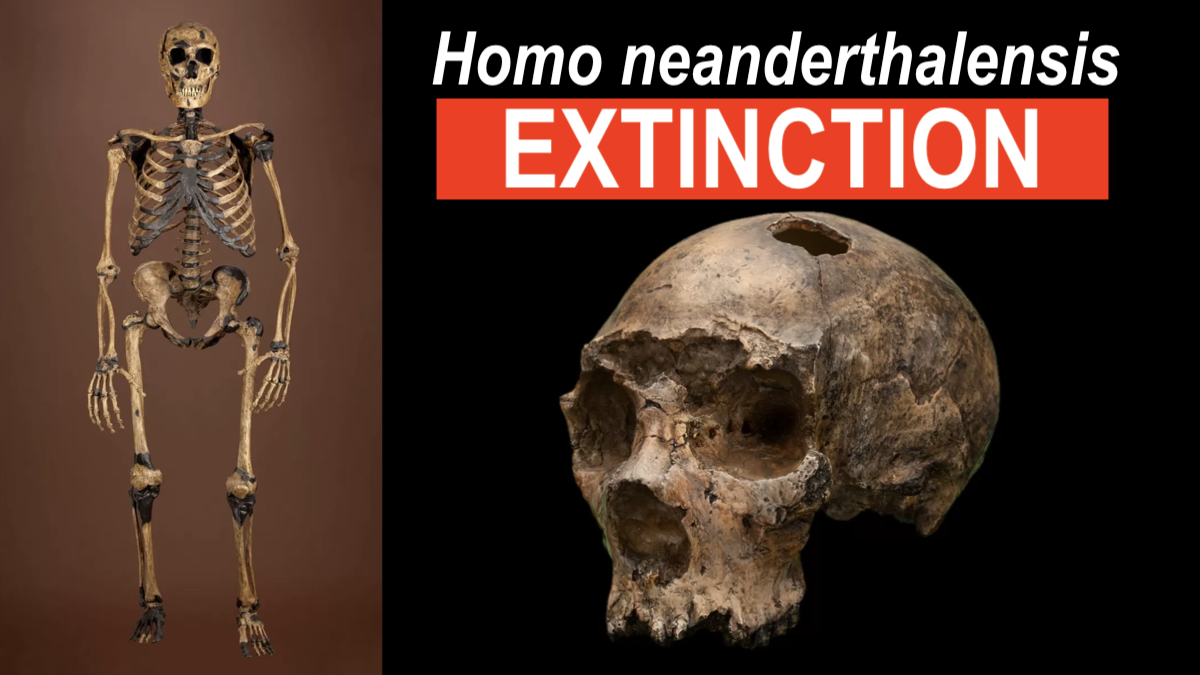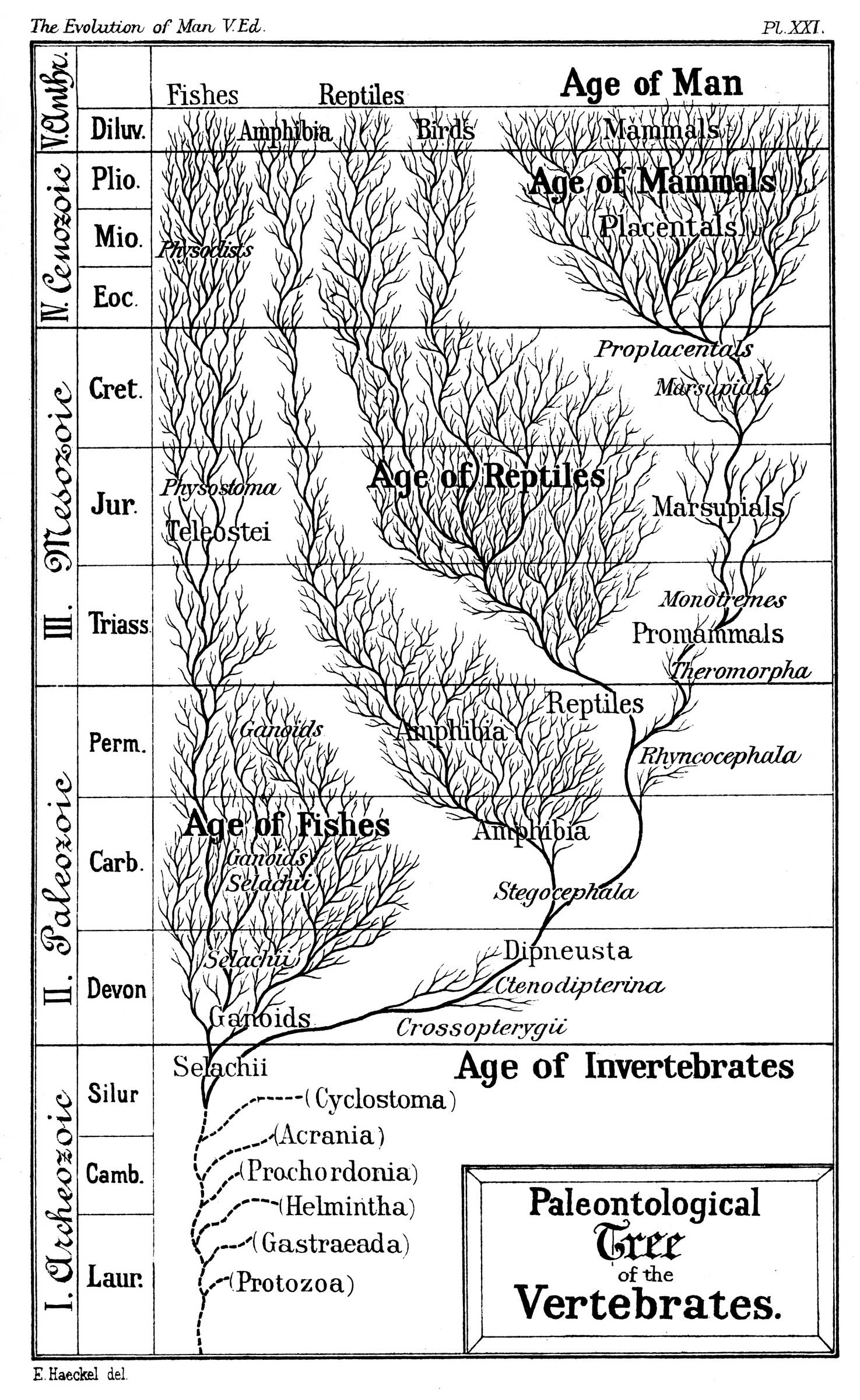Extinction of our close hominid relative: Homo neanderthalensis
Neanderthals probably went extinct because they failed to adapt to competition by a superior species: Homo sapiens
Why is Neanderthal extinction interesting?
Because, extinction could easily happen to us Homo sapiens (humans) out-competed by a superior species: Machine intelligence (AGI/ASI)
- Natural selection is an unstoppable force of nature that always just happens
- X-Risk is the scientific term for the existential risk of AGI/ASI to humans quantified as P(doom)
- P(doom)is the scientific estimate X-risk.
- AI Scientists and AI engineers current average estimate of P(doom) is 10 to 20% with values up to 50% or 75% or 99%
- Digital systems do evolve with principles of natural selection in the struggle for survival of the fittest algorithms to copy themselves.
- How could human extinction happen in a competition between AI and humans?
- Inferior adaptation is the simple answer which is well explained by Stephen Hawking:
- “The development of full artificial intelligence could spell the end of the human race. Once humans develop artificial intelligence that will take off on its own and redesign itself at an ever-increasing rate. Humans who are limited by slow biological evolution couldn’t compete and would be superseded.”
Learn more
The Timeline of human evolution is relatively well understood.
- The timeline of human evolution outlines the major events in the evolutionary lineage of the modern human species, Homo sapiens, throughout the history of life, beginning some 4 billion years ago down to recent evolution within H. sapiens during and since the Last Glacial Period.
Hominidae extinction has a natural history over millions of years.
- The Hominidae (/hɒˈmɪnɪdiː/), whose members are known as the great apes[note 1] or hominids (/ˈhɒmɪnɪdz/), are a taxonomic family of primates that includes eight extant species in four genera: Pongo (the Bornean, Sumatran and Tapanuli orangutan); Gorilla (the easternand western gorilla); Pan (the chimpanzee and the bonobo); and Homo, of which only modern humans (Homo sapiens) remain.[1]
Neanderthal extinction
- Neanderthals became extinct around 40,000 years ago. Hypotheses on the causes of the extinction include violence, transmission of diseases from modern humans which Neanderthals had no immunity to, competitive replacement, extinction by interbreeding with early modern human populations, natural catastrophes, climate change and inbreeding depression. It is likely that multiple factors caused the demise of an already low population.
Neanderthals, despite their survival for 350,000 years, were probably doomed by a genetic disadvantage. A recent Nature report indicates that an evolutionary disadvantage of H. neanderthalis compared to H. sapiens was actually in their blood:
- Rapid change in red cell blood group systems after the main Out of Africa of Homo sapiens – Nature
- Abstract. Despite the advances in paleogenomics, red cell blood group systems in ancient human populations remain scarcely known. Pioneer attempts showed that Neandertal and Denisova, two archaic hominid populations inhabiting Eurasia, expressed blood groups currently found in sub-Saharans and a rare “rhesus”, part of which is found in Oceanians. Herein we fully pictured the blood group genetic diversity of 22 Homo sapiens and 14 Neandertals from Eurasia living between 120,000 and 20,000 years before present (yBP). From the ABO, Rh, Kell, Duffy, Kidd, MNS, Diego, H, secretor and Indian systems, we noted that the blood group allele diversity in the Neandertals remained unchanged since 120,000 yBP, while H. sapiens conquered Eurasia with blood group alleles presently exclusive to non-African populations, suggesting they may have differentiated right after the Out of Africa, between 70,000 and 45,000 yBP. Notably, Ust’Ishim possessed unknown alleles that may illustrate the lost genetic heritage of the early Eurasians. Lastly, Neandertals shared a unique Rh haplotype from which we updated the current RHD phylogeny. The contribution of this study is twofold. It enlightens the expansion patterns of H sapiens and recalls the anthropological effectiveness of genetic polymorphisms currently being surveyed for transfusion safety and pregnancy monitoring.

Links
- The Surprising Creativity of Digital Evolution: A Collection of Anecdotes from the Evolutionary Computation and Artificial Life Research Communities Open Access – MIT Press
- How the footprint of history shapes the evolution of digital organisms – CalTech and JPL
- Existential risk from artificial intelligence – Wikipedia
- P(doom) – Wikipedia
- Neanderthal – Wikipedia
- Neanderthal extinction – Wikipedia
- Neanderthal genetics – Wikipedia
- Homo neanderthalensis – Smithsonian
- Last Ape Standing: The Seven-Million-Year Story of How and Why We Survived by Chip Walter
- Them and Us: How Neanderthal Predation (NP) Created Modern Humans by Danny Vendramini (Note: little scientific data to support the NP theory)




